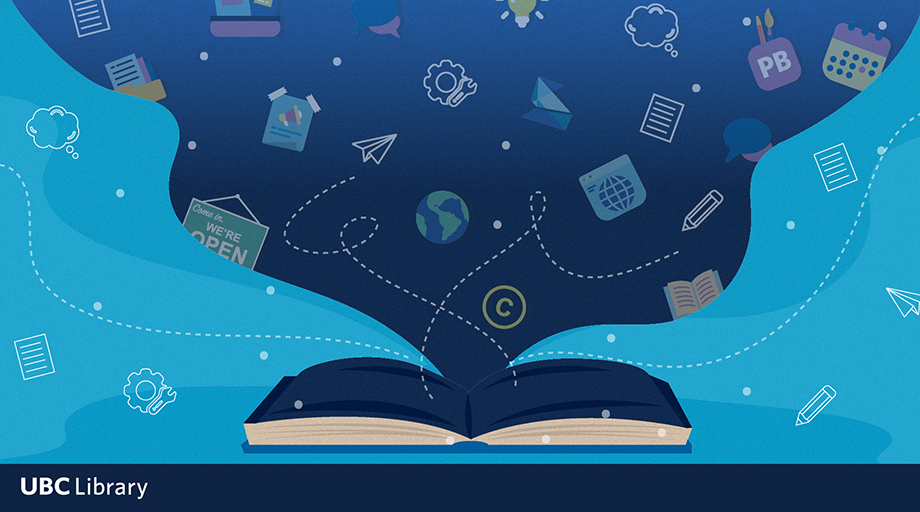
UBC Library is introducing a new pilot program that expands service for knowledge synthesis consultation and collaboration, now available to UBC researchers on both UBC’s Vancouver and Okanagan campuses.
While the library has supported researchers involved in systematic, scoping and other knowledge synthesis review projects for decades, the demand for expert consultation services in a variety of disciplines rose steadily in recent years. Librarians on both campuses saw the opportunity to provide a more comprehensive solution.
“We want to elevate the quality of these research projects that are being done on campus because we know that when a librarian is involved, the search quality and the research methods are better,” says Ursula Ellis, Reference Librarian at Woodward Library.
“Historically, it’s more common for health sciences to do systematic reviews. But slowly, it’s becoming more popular in other disciplines as well,” says Jane Jun, Southern Medical Program Librarian at UBC Okanagan Library, adding that she has seen requests from fields like forestry, ecology, social work and education.
Two tiers of support available
UBC Library is excited to now offer two tiers of knowledge synthesis support. As part of the Tier 1 Service, which is open to all UBC faculty, staff and students, a UBC librarian provides consultation and instruction on how to conduct a knowledge synthesis project.
With the new Tier 2 Service, researchers can request collaboration with a librarian as a co-author. Due to service capacity levels, Tier 2 Service is only open to UBC faculty, post-doctoral fellows, residents, and other individuals working on reviews where a UBC faculty member is the Principal Investigator.
When collaborating as a co-author, librarians can offer more specialized, time-intensive support, such as search strategy implementation, search documentation, guidance on conducting grey literature and supplementary searches, manuscript reviews, and more.
What is the value of librarian consultation?
When a research project involves a comprehensive literature search—a deep dive to find all of the published and unpublished materials relevant to a specific topic—having an experienced librarian available to offer advice, or embedded on the research team, can make a significant difference in the quality of work produced.
“The whole purpose of these projects is to take an unbiased look at the literature, which is why it’s important to do a broad search, looking for materials that perhaps haven’t even been published in journals, but have been presented at conferences,” says Ellis. “And it’s not easy or intuitive to do this kind of comprehensive data collection.”
The skillset that librarians bring to knowledge synthesis projects can elevate the quality of the research and support the formal reporting necessary for a peer-reviewed publication. Research methods must be clearly reported to support reproducibility.
Request support
UBC faculty, staff and students are invited to request the Tier 1 service through the Tier 1 form or contact their subject librarian directly. To request the Tier 2 service, eligible UBC researchers are invited to complete the Tier 2 form.
For general inquiries about the Knowledge Synthesis Service, please contact library.ksst@ubc.ca.

















